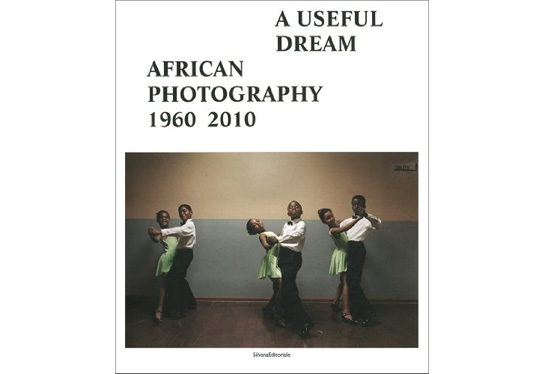Review: A Useful Dream: African Photography 1960-2010

A while back, I tried to find photography from Africa on the web, and it was a pretty frustrating experience. There is some; but most artists whose names I came across somewhere - or who were mentioned to me by friends - were impossible to track down online. I still don’t know much about African photography. (more)
Today, I found the following graphic over at David Campbell’s blog (you can find the original, produced by Kai Krause and much larger, here):

Geographical size is meaningful only up to a certain extent, but you certainly get the idea: There are 54 countries in Africa, with a total of over one billion people living there. Let’s not even talk about the way the boundaries of those countries were defined. It’s an incredibly complex picture.
You wouldn’t know this, of course, if you followed the news, because most of those countries basically are invisible to us. It is as if they don’t exist. In fact, they only get to appear, however briefly, if some disaster strikes. Maybe occasionally, NPR might do a story about some corrupt regime here, or some civil war there. Or some photojournalist will fly in for two or three days, to take dramatic (usually b/w) photos. I’m simplifying a little bit, but let’s be honest: not much.
In the world of contemporary photography, the situation is not all that different. If I was to simplify things again, we know of photography from South Africa, and we know of two or three portraits studio photographers from other countries. That’s not a very good representation of a place with one billion people.
Needless to say, the representation of any place will always be a bit skewed towards simple (and often lazy) narratives. But most places are on the photographic map, whereas Africa for the most part isn’t.
This is where A Useful Dream: African Photography 1960-2010 will come in handy, a book that showcases the work of 34 photographers from Africa. Looking at the five decades from 1960 until 2010, the book presents the very diverse work of artists from Algeria, Angola, Cameroon, Congo, Cote d’Ivoire, Egypt, Ethiopia, Ghana, Kenya, Madagascar, Mali, Nigeria, South Africa, Sudan, Togo, Tunisia, and Zimbabwe.
It’s a treasure trove of images, making no distinction between reportage, fine art, or whatever other category one could think of. If you’re interested in seeing photography produced in Africa, A Useful Dream: African Photography 1960-2010 is a fantastic place to start.
Over the next months, I will try to use the book as yet another starting point to research - and then present - photography produced by artists from Africa.
A Useful Dream: African Photography 1960-2010, various photographers, essays by Simon Njabi, Jean Loup Pivin, 192 pages, Silvana Editoriale, 2010